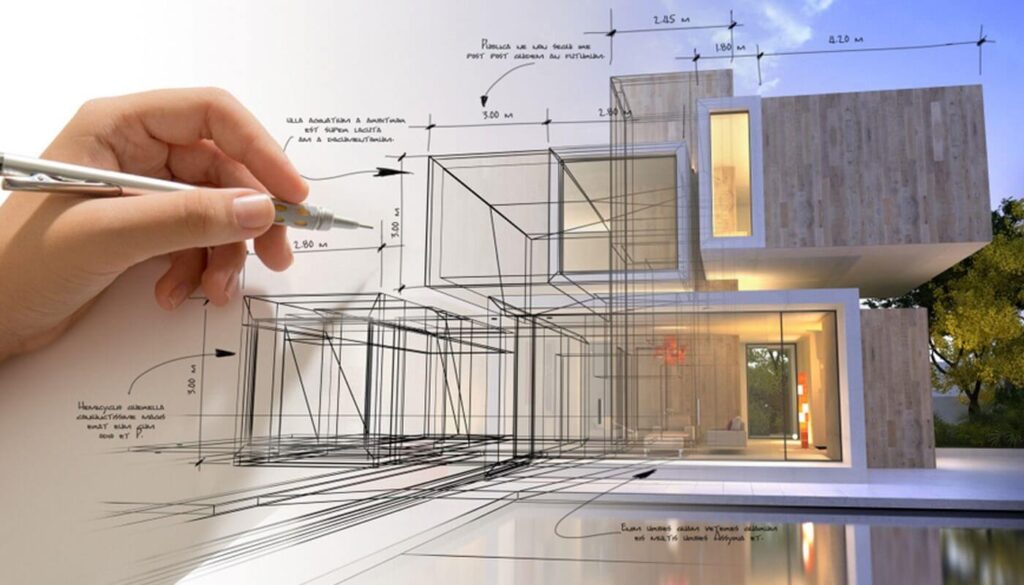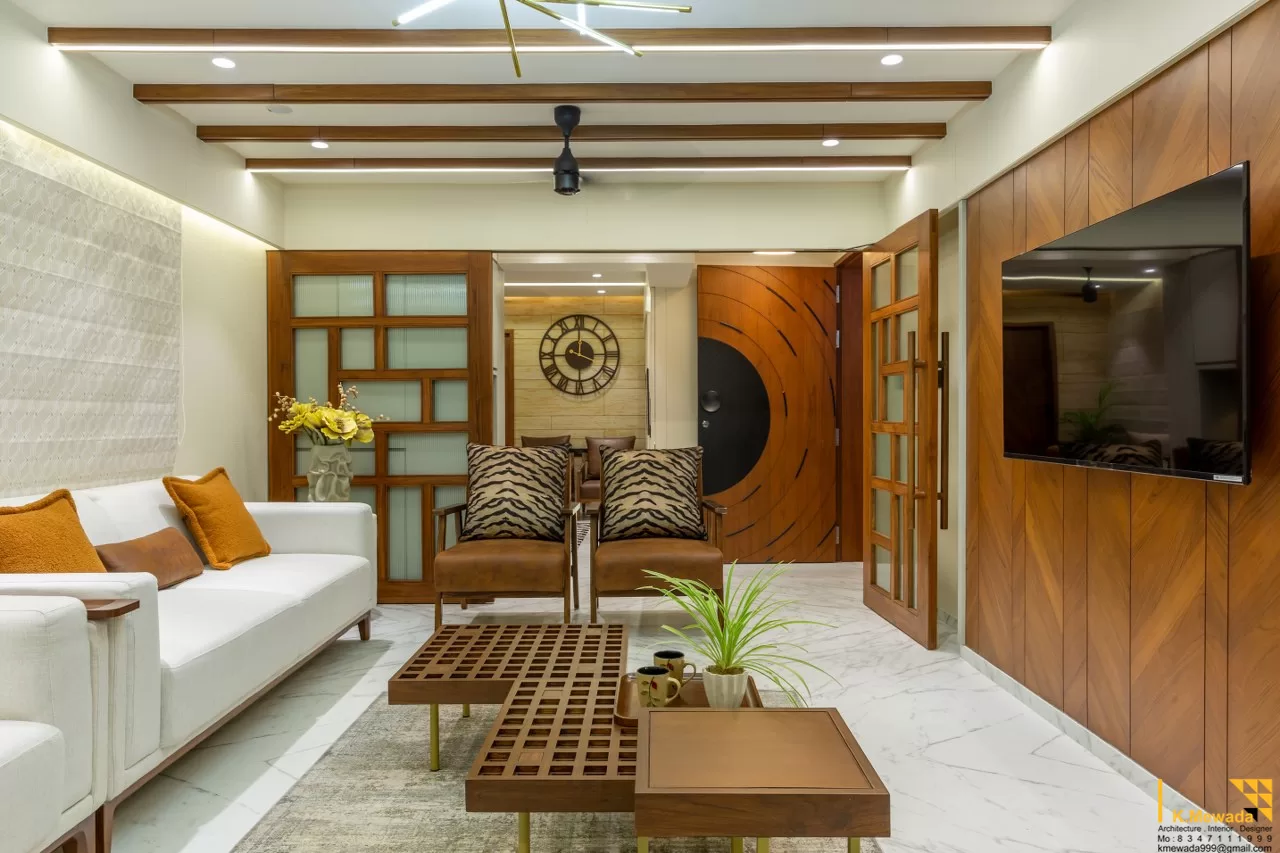Winchester Design Solutions to Bring Your Vision to Life
Winchester Design Solutions to Bring Your Vision to Life
Blog Article
The Art of Balance: Exactly How Interior Design and Home Engineer Collaborate for Stunning Outcomes
In the realm of home layout, striking an equilibrium between aesthetics and functionality is no small feat. This delicate stability is accomplished via the harmonious collaboration in between indoor designers and designers, each bringing their one-of-a-kind know-how to the table. The result? Spaces that are not only aesthetically sensational but also incredibly comfortable. Nevertheless, this ideal mix is not constantly easy to acquire. Stick with us as we check out the complexities of this collective procedure and its transformative effect on home style.
Understanding the Core Distinctions In Between Interior Style and Home Architecture
While both Interior Design and home design play vital functions in producing aesthetically pleasing and useful areas, they are inherently different disciplines. Home design primarily focuses on the architectural facets of the home, such as building codes, security regulations, and the physical building of the area. It handles the 'bones' of the framework, collaborating with spatial measurements, bearing walls, and roof covering styles. On the various other hand, Interior Design is more concerned with boosting the sensory and aesthetic experience within that framework. It entails selecting and organizing furniture, selecting color design, and including decorative components. While they work in tandem, their duties, obligations, and areas of proficiency deviate significantly in the development of an unified home environment.
The Synergy In Between Home Design and Inside Design
The harmony in between home design and Interior Design hinges on a shared vision of design and the enhancement of functional aesthetic appeals. When these 2 areas straighten sympathetically, they can transform a home from average to amazing. This partnership needs a deeper understanding of each self-control's concepts and the capability to develop a natural, aesthetically pleasing setting.
Unifying Style Vision
Combining the vision for home architecture and Interior Design can develop a harmonious space that is both useful and cosmetically pleasing. The equilibrium starts with an integrated frame of mind; engineers and indoor developers team up, each bringing their know-how. This unison of concepts develops the layout vision, a plan that guides the job. This shared vision is crucial for consistency throughout the home, guaranteeing a liquid change from exterior design to interior rooms. It promotes a synergistic technique where building components enhance Interior Design elements and vice versa. The outcome is a cohesive home that shows the home owner's individuality, taste, and way of living. Hence, unifying the design vision is critical in mixing design and Interior Design for stunning outcomes.
Enhancing Functional Appearances
Exactly how does the synergy in between home style and Interior Design boost useful aesthetic appeals? This harmony allows the production of areas that are not just visually attractive yet also pleasantly usable. Engineers lay the groundwork with their architectural layout, guaranteeing that the room is reliable and functional. The interior designer then enhances this with carefully selected aspects that boost the aesthetic appeals without endangering the functionality. This harmonious partnership can cause homes that are both liveable and beautiful. An engineer may create a home with huge home windows and high ceilings. The interior designer can then accentuate these features with tall plants and sheer curtains, respectively, thus enhancing the aesthetic appeal while maintaining the useful benefits of natural light and spaciousness.
Relevance of Cooperation in Creating Balanced Spaces
The collaboration in between interior developers and engineers is essential in creating well balanced rooms. It brings consistency between design and architecture, bring to life areas that are not just visually pleasing but likewise functional. Discovering successful collaborative approaches can offer understandings into exactly how this harmony can be efficiently achieved.
Balancing Design and Design
Balance, an important element of both interior design and style, can just absolutely be attained when these 2 fields job in consistency. This collective process results in a cohesive, well balanced style where every aspect contributes and has a purpose to the overall visual. Balancing style and architecture is not simply regarding producing attractive rooms, however about crafting rooms that function perfectly for their inhabitants.
Effective Collaborative Strategies

Instance Researches: Effective Integration of Design and Design
Analyzing numerous situation research studies, it emerges just how the successful learn the facts here now assimilation of Interior Design and architecture can change a space. The Glass Residence in Connecticut, renowned for its minimalistic sophistication, is one such example. Engineer Philip Johnson and interior developer Mies van der Rohe worked together to develop a harmonious equilibrium between the interior and the framework, resulting in a smooth circulation from the exterior landscape to the internal living quarters. Another prototype is the Fallingwater House in Pennsylvania. Designer Frank Lloyd Wright and interior developer Edgar Kaufmann Jr.'s collaborative initiatives lead to a strikingly unique additional reading home that mixes with its natural environments. These study highlight the extensive impact of a successful layout and architecture partnership.

Overcoming Obstacles in Style and Architecture Cooperation
In spite of the undeniable benefits of an effective partnership in between Interior Design and style, it is not without its difficulties. Communication concerns can occur, as both events may use various terminologies, understandings, and strategies in their work. This can bring about misunderstandings and hold-ups in job conclusion. One more significant challenge is the harmonizing act of aesthetic appeals and functionality. Designers might prioritize architectural integrity and security, while developers concentrate on convenience and design. The combination of these purposes can be complex. Furthermore, budget and timeline restrictions often add stress, possibly causing rifts in the cooperation. Effective communication, shared understanding, and concession are crucial to conquer these difficulties and accomplish a effective and unified partnership.

Future Patterns: The Developing Partnership Between Home Architects and Inside Designers
As the globe of home layout proceeds to advance, so does the relationship in between engineers and indoor developers. Alternatively, indoor developers are embracing technological elements, affecting general design Extra resources and performance. The future guarantees a more cohesive, innovative, and flexible strategy to home design, as designers and designers proceed to blur the lines, fostering a relationship that truly personifies the art of equilibrium.
Final thought
The art of equilibrium in home design is attained with the unified partnership in between interior developers and architects. Regardless of difficulties, this collaboration promotes growth and innovation in style.
While both indoor style and home style play vital duties in producing cosmetically pleasing and practical rooms, they are inherently various disciplines.The synergy in between home architecture and interior layout lies in a shared vision of layout and the enhancement of practical visual appeals.Merging the vision for home architecture and indoor design can produce an unified living space that is both functional and visually pleasing. Hence, unifying the design vision is vital in mixing architecture and interior style for stunning results.
Exactly how does the harmony in between home architecture and interior style boost useful visual appeals? (Winchester architect)
Report this page